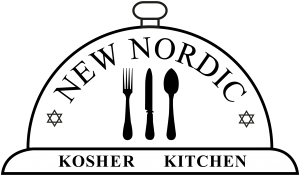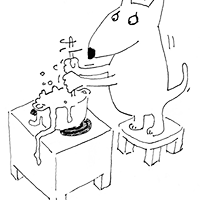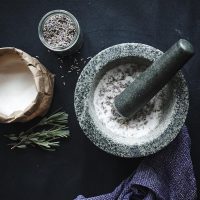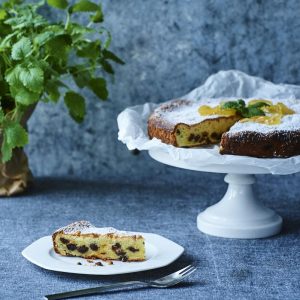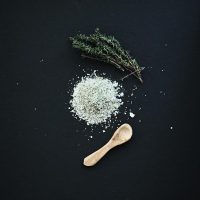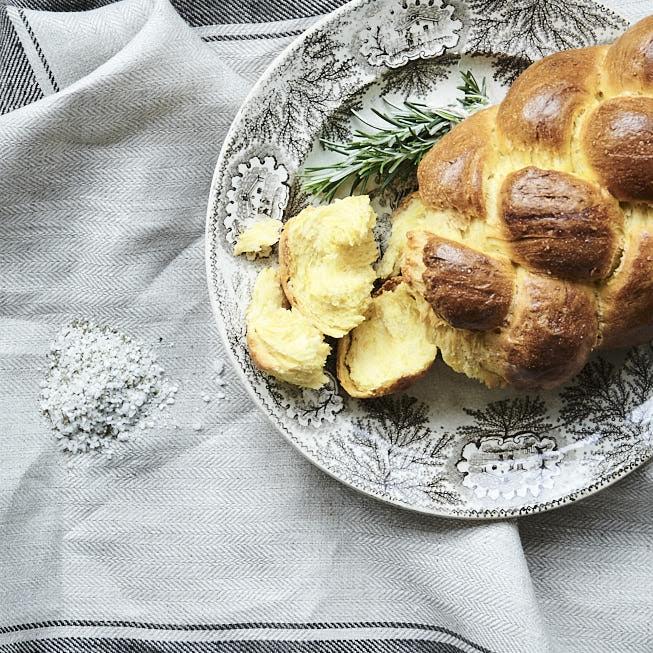

One of the last things immigrants leave behind is their eating habit. Being a former “immigrant” in both Nepal and in the United States, good bread has become nothing less than a domestic obsession to me. I bake. Almost no matter where I am on the globe and I love it.
Challah is often difficult to get, but so easy to make.
Admitted – today’s health trend is – do not eat bread. In Scandinavia the Paleo diet (in daily terms – Stone age food) is wide spread. Even among educated people – many whom I deeply respect – if you want to stay healthy and slim. Their meals does not include bread…
Slim is the “new black” (as in fashion…). But one could argue – so is life quality, and life quality to me equals – good bread (and yes, it can be healthy too if you add whole grains).
That being said – I believe a little bit of everything (a big variety of different vegetables, fruit, dairy, meat, fish, poultry – bread etc.) is good for you. Breaking bread together with people you care about is a beautiful tradition, I adore. Not only on Shabbat, but every day.
My bread is good – and popular (especially among the Paleo segment… go figure…) although, I am not always a successful baker.
Challah can be made with white flour, egg and drizzled with poppy seeds (my favorite). You can also add cheese and serve it together with a vegetarian Shabbat meal. Or you can flavour the bread with cardamoms, wholegrain, use a sourdough or you can make a Gluten free version too, if you want to – even in different colors. The variations seem endless.
Sometimes I am being “tricked” by the temperature, the type of flour, the oven – but luckily rarely. So what I am trying to say is – go for it – bake you own bread rather than buy it.
Homemade bread is – believe me – not difficult to make. Even if you fail once or twice – you learn something new every time.
By the way – bonus info – in Denmark a lot of men are proud bread bakers. Baking bread is not gender dependent in any way. All it takes is planning, good ingredients, an oven, courage and to some extent – intact taste buds.
Challah – the bread for Shabbat
2 loaves
Ingredients
20 g fresh yeast
6 dl cold water
7 tsp. sugar (can be omitted)
1 tsp. kosher salt
900 g. wheat flour
4-tablespoon vegetable oil (not olive
2 eggs (1 in the dough – 1 for brushing before baking)
Poppy seeds or sesame seeds (optional)
Instructions
Dissolve the yeast in the water. (If you see a frothy layer across the top, it means the yeast is active and ready to use. If not – or the yeast doesn’t dissolve – the yeast might not be worth using at all).
Mix with the flour, sugar and salt. Add the oil. The dough should be a “shiny” and not cling to your hands (if it does, add a little bit of flour). If the dough seems too dry and heavy, add a little more water.
Let the dough rest in a bowl under cling wrap. Leave the bowl on the kitchen counter for about 2 – 3 hours – till double size.
Cut the dough into two equal pieces. Cut each piece of dough into another 6 equal pieces and roll them into 50 cm. long ropes.
You are ready for fold the challah into shape now. No panic. Line the 6 ropes up on a baking sheet. Tug the top of the ends together. Start with the piece far to the left. “Weave” the pieces “one under, one over, one under, one over”. Turn the challah 180 degrees and correct the top end if you think it will add up more logically (you can also fold the Challah with 8 pieces, if you prefer that). If possible, try to make your braid as tight as you can.
Place the Challah on a baking sheet and let it rise again until doubled under a piece of clean tea towel – 1 ½ – 2 hours.
15 – 20 minutes before, turn your oven to 200 degrees (400 if you are in the States…).
Brush the Challah with whisked egg and sprinkle with poppy seeds or sesame seeds.
Bake for 35 min. or until the bottom crust sounds hollow when you tap on it. Let the Challot cool off, before you serve it.
